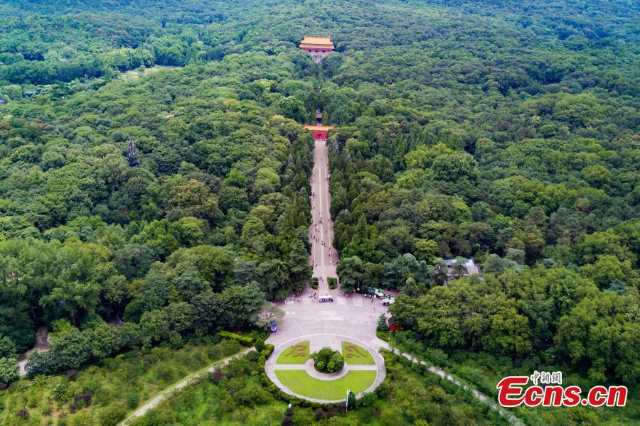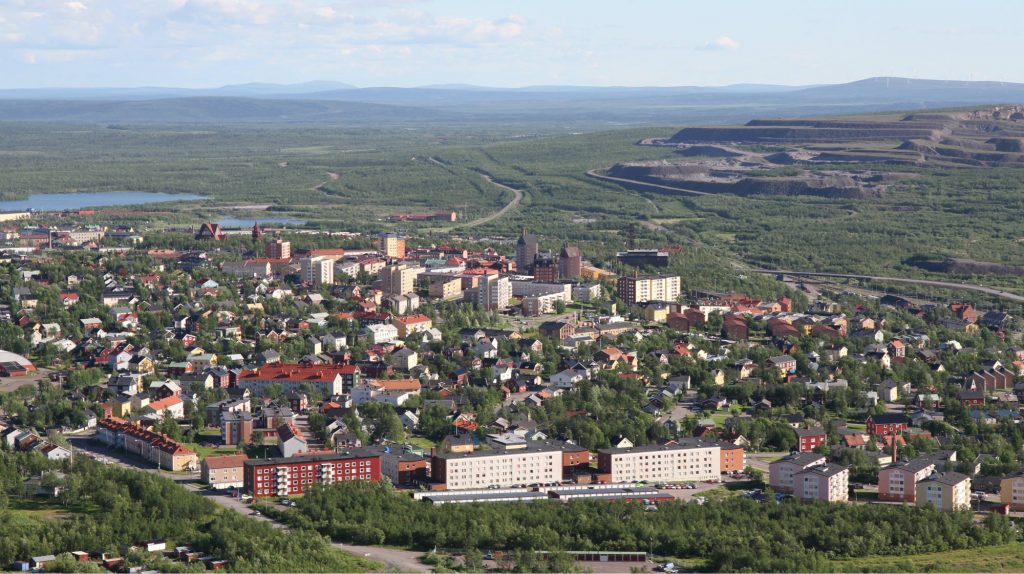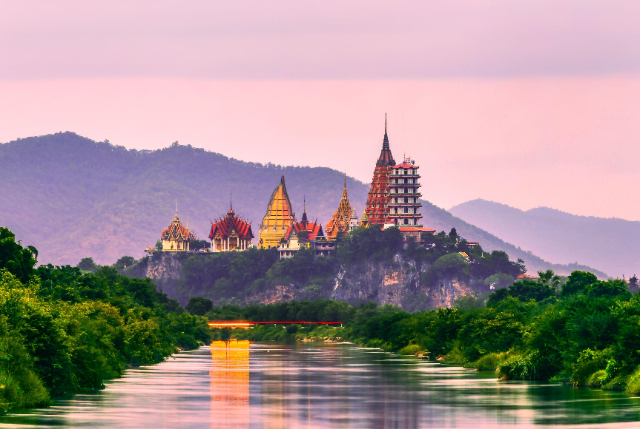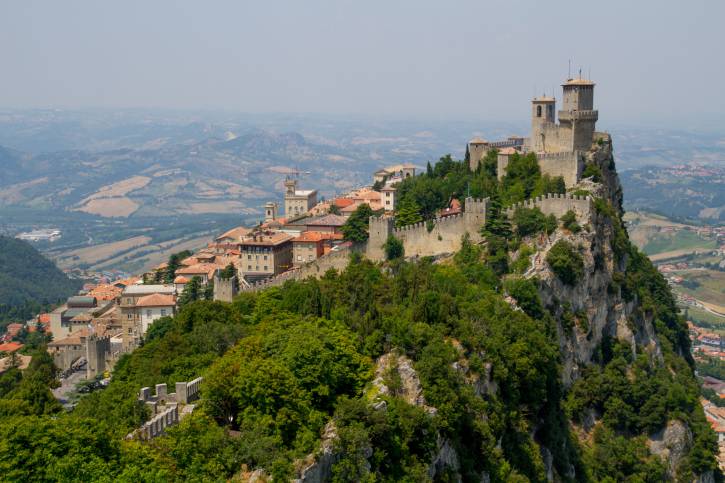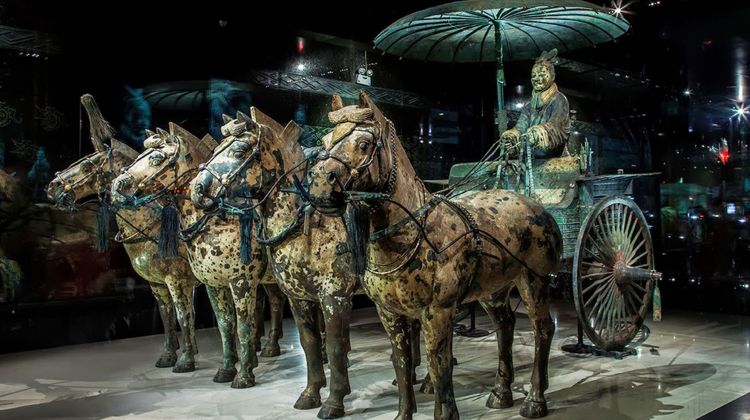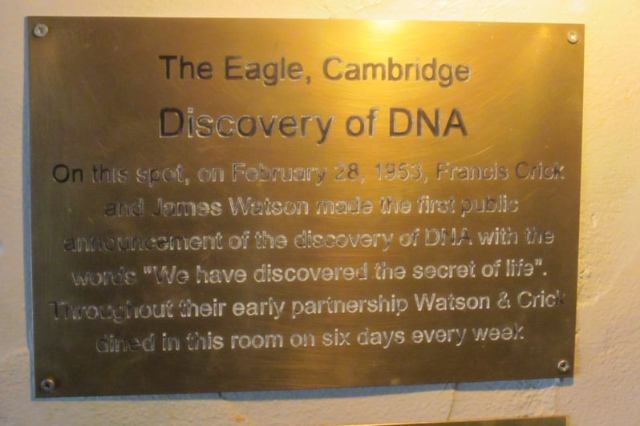Ming Xiaoling Mausoleum, situated in Nanjing, China, stands as one of the largest and grandest imperial mausoleums, serving as the final resting place for Zhu Yuanzhang, also known as the Hongwu Emperor, who founded the Ming Dynasty. Notably, he is the only Ming Dynasty emperor buried outside of Beijing.
The construction of the mausoleum commenced in 1383, while the Hongwu Emperor was still alive. Over the course of 24 years, the emperor passed away, and his son, the Yongle Emperor, ascended to power. The mausoleum covers an expansive area of more than 2,600 meters, featuring over 30 buildings. What sets Ming Xiaoling apart is its layout, resembling a palace rather than a traditional tomb, marking a departure from contemporary practices. This unique design became influential, with more than 20 imperial mausoleums adopting a similar layout over the next five centuries.
To embark on a visit to this monumental tomb complex, one begins at the 1800-meter “spirit path” or “sacred way.” This processional path is adorned with pairs of stone statues representing various animals like lions, camels, elephants, and horses, serving as protectors of the tomb, warding off evil spirits. Among these statues, hidden mythical creatures such as xiè zhì and qílín can be found.
Continuing along Wengzhong Road, the path is lined with statues representing ministers and generals, standing guard for centuries to protect the tomb from potential harm. The Lingxing Gate, located at the end of Wengzhong Road, was reconstructed in 2006 after being destroyed at some point.
The grand stone frontage of the tomb awaits at the end of the processional path, featuring a towering retaining wall for the enormous earth tumulus, Mínglóu, housing the unexcavated tomb of the emperor. A tortoise supporting a carved stone stele, topped by intertwining dragons, greets visitors inside the gates. The inscription on the stele highlights the merits and virtues of the Hongwu Emperor, as penned by his son.
While other Ming emperors are buried at the Ming Tombs near Beijing, Emperor Zhu Yuanzhang shares his resting place with his wife, Queen Ma, who was buried at Ming Xiaoling Mausoleum in 1384.

